In the context of the medical industry's escalating demands for precision, efficiency, and safety, fully automated medical injection molding technology has emerged as a pivotal driver of industrial upgrading. By integrating cutting-edge technologies such as IoT, artificial intelligence, and robotics, this approach achieves intelligent control across the entire production chain—from raw material handling to finished product delivery. It not only significantly enhances production efficiency and product quality but also demonstrates irreplaceable value in critical areas like sterile control and personalized customization. The following analysis explores its technical essence and advantages across four dimensions.
1. Closed-Loop Intelligent Control of Production Processes
The core of fully automated medical injection molding lies in constructing a "sense-analyze-decide-execute" closed-loop system. High-precision sensors deployed at key nodes—such as injection molding machines, molds, and conveyor lines—continuously collect real-time data on parameters like temperature, pressure, speed, and position. Edge computing and AI algorithms dynamically optimize these processes; for instance, machine learning models adjust injection speed and holding pressure based on raw material batch variations, ensuring dimensional accuracy within micrometers for every mold. Vision inspection systems analyze surface defects at sub-pixel levels, achieving zero defect leakage rates. This data-driven approach replaces traditional experience-based methods, providing technical compliance with stringent standards like FDA and ISO 13485.
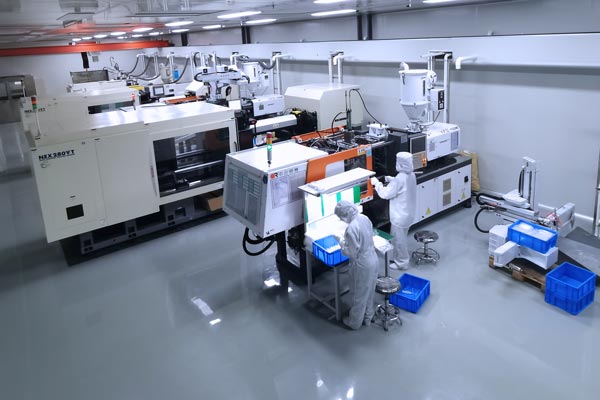
2. Systematic Construction of Sterile Production Environments
The special requirements of medical products mandate strict adherence to GMP (Good Manufacturing Practice) standards for sterile environments. The fully automated system establishes sterile barriers through dual measures: physical isolation and intelligent monitoring. Fully enclosed injection units and dust-free conveyor lines, combined with laminar flow purification technology, maintain particulate concentrations below ISO Class 5. Integrated environmental sensors monitor temperature, humidity, pressure differentials, and microbial levels 24/7, triggering alerts and automated purification procedures when thresholds are breached. Additionally, automated cleaning and sterilization modules perform plasma cleaning or steam sterilization on mold and robotic arm components at scheduled intervals, eliminating contamination risks from human operations.
3. Deep Empowerment of Flexible Production
The medical industry's rapid product iteration and small-batch, multi-variety production characteristics demand high flexibility from injection molding equipment. The fully automated system enables rapid mold changes and process reuse through modular design and digital twin technology. Operators input product models via HMI interfaces, prompting the system to automatically retrieve corresponding process parameter libraries and drive robotic arms for mold replacement and material switching—reducing setup time from 2–3 hours to under 15 minutes. AI algorithms further predict equipment maintenance cycles based on historical production data, pre-stocking spare parts and scheduling downtime to elevate Overall Equipment Effectiveness (OEE) above 90%. This elastic capacity supports medical enterprises in responding to urgent orders or R&D demands.
4. Digital Reconstruction of Quality Traceability Systems
The system's built-in blockchain traceability module assigns a unique digital ID to every product. Data—including raw material batches, production orders, process parameters, and inspection reports—is encrypted and stored on-chain, ensuring tamper-proof, end-to-end traceability. When quality issues arise, the system instantaneously locates the problematic stage: if raw material batches are defective, it automatically quarantines inventory and triggers supplier recalls; if process parameters drift, it generates optimization plans for production. This transparent quality control model slashes response times and leverages accumulated production big data to inform process improvements and new product development.
Conclusion
The widespread adoption of fully automated medical injection molding marks the medical manufacturing industry's entry into the "Industry 4.0" era. Its value extends beyond efficiency gains and cost optimization, as it establishes digital defenses for the safety and reliability of medical products through precision control and intelligent decision-making. With deeper integration of 5G, digital twins, and other technologies, future medical injection molding factories will evolve toward "lights-out" operations, continuously advancing toward unmanned, adaptive, and sustainable production to contribute China's intellectual manufacturing strength to global healthcare.
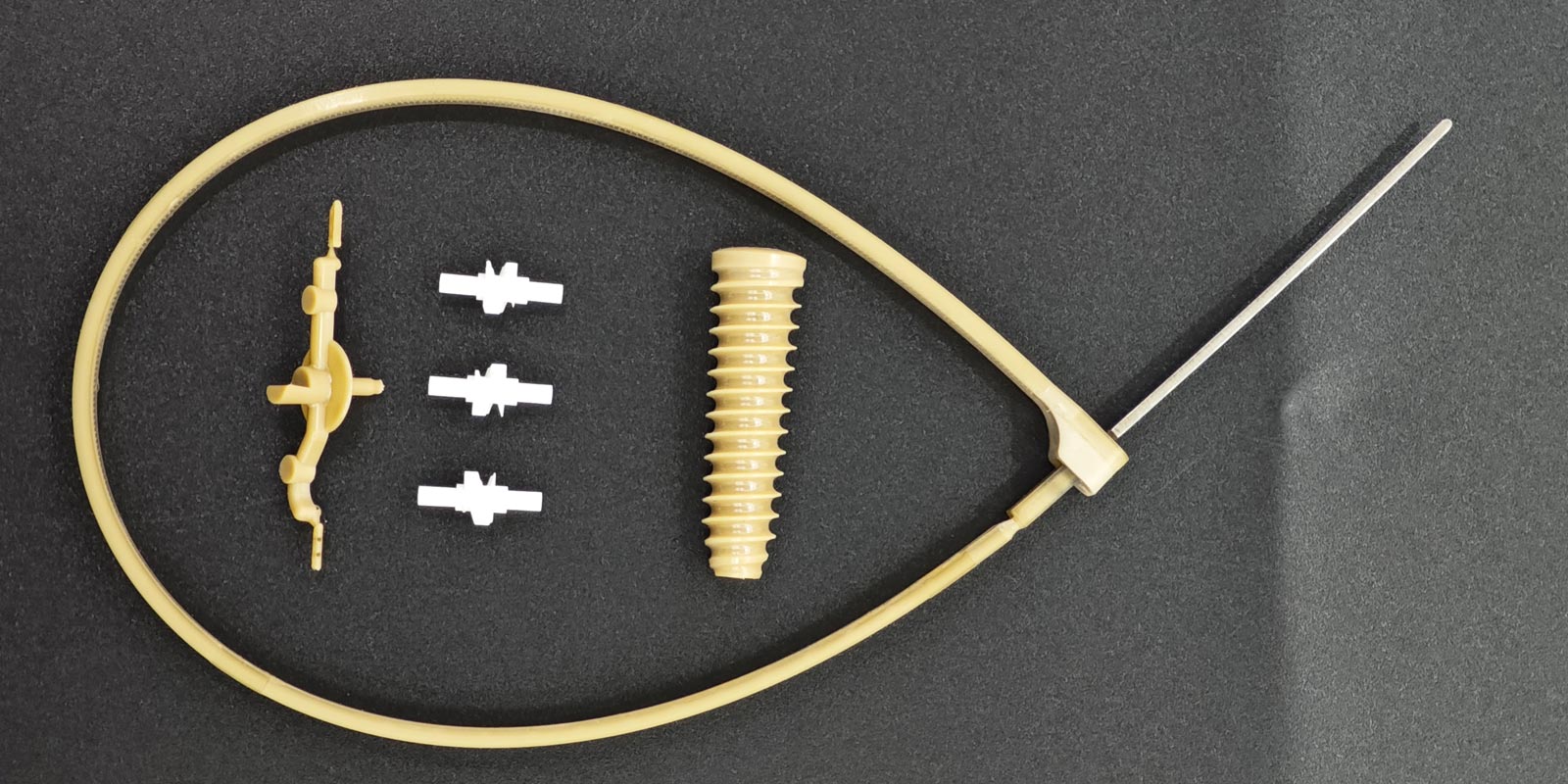
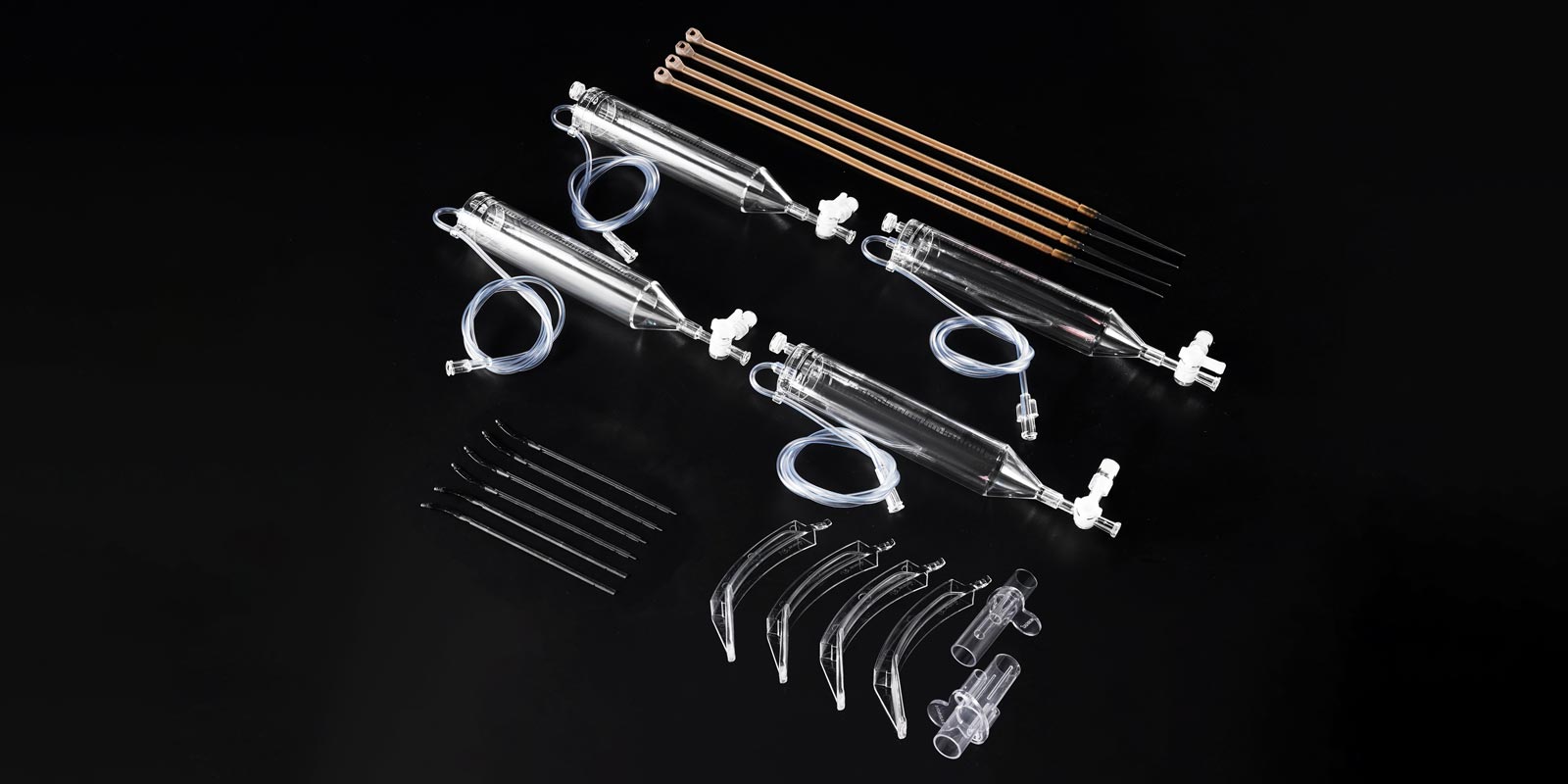

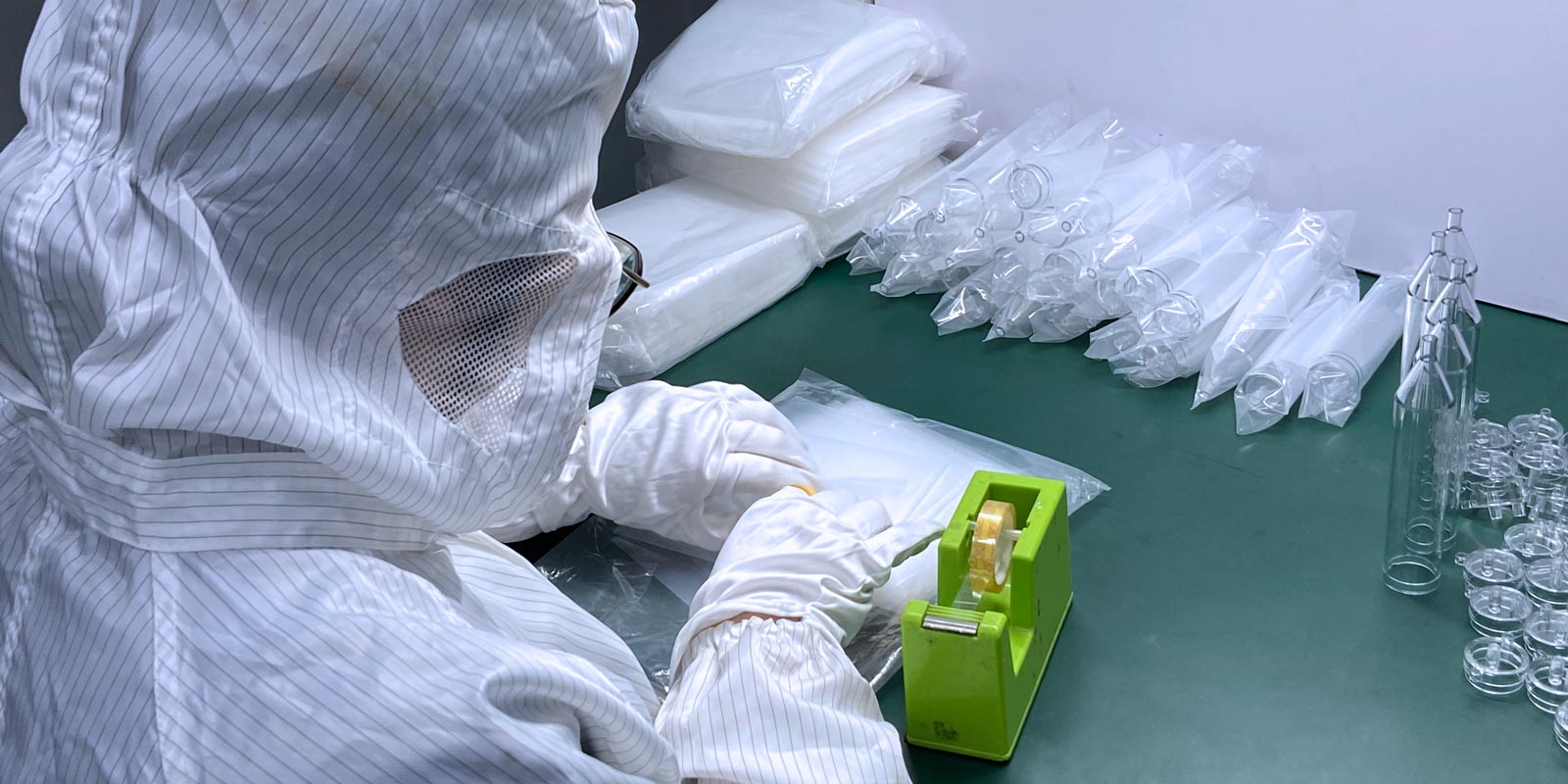
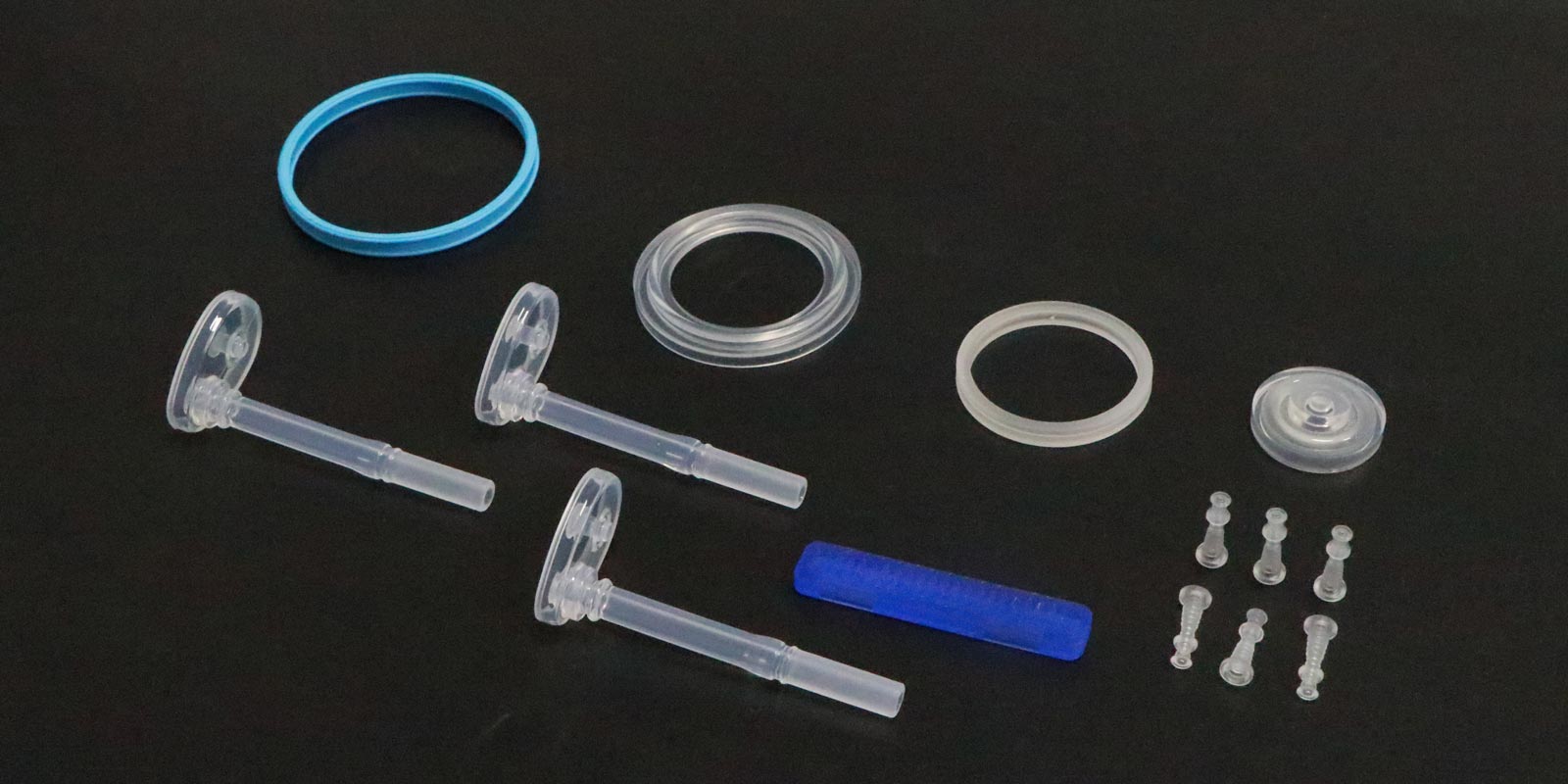


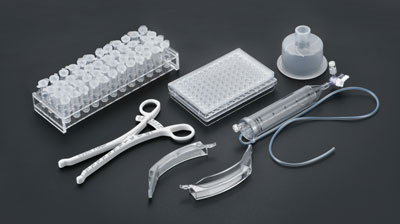
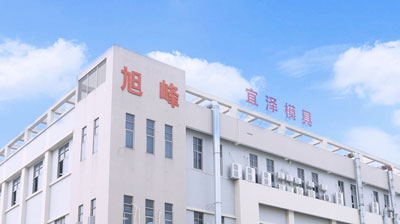







 Home
Home
